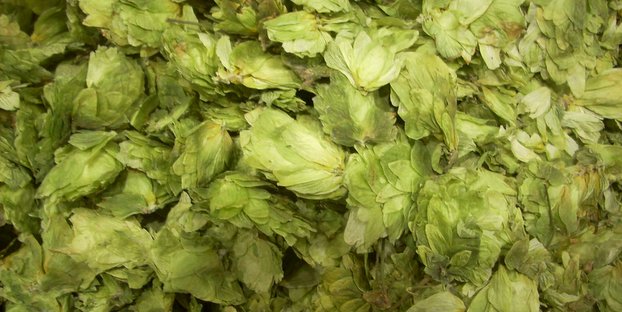
The lead for this story has been the same for the last five years and will likely remain the same for the next several: There are more craft breweries than ever before, and they all need more hops than ever before. So, hop crop reports are obviously hugely important for keeping all of this momentum going.
The good news is acreage continues to expand. The Hop Growers of America (Editor’s Note: I just accidentally typed “Hope Growers of America,” which also seems appropriate as a moniker) report that after a 15.4 percent increase in acres harvested in the United States in 2015, a 10.2 percent increase in 2014, a 10.3 percent increase in 2013 and a 7.2 percent increase in 2012, acreage has jumped up once again. For the second year in a row, U.S. hop acreage has surpassed previous records to reach all time highs. With 53,213 total acres strung for harvest in the United States, that’s a whopping 8,303 new acres from 2015 — a 18.5 percent increase.
“The US hop industry has been in catch-up mode in recent years as the supply of craft-popular U.S. aroma hops has lagged behind the dramatic growth of the craft brewing sector in both domestic and overseas markets,” said Pete Mahoney, vice president of Supply Chain/Purchasing at John I. Haas. “The 2016 acreage expansion is once again a direct response to market demand and does not happen overnight. It requires significant planning and commitment of industry resources.”
For better or worse, the Pacific Northwest continues to lead this expansion (and it’s not even close) by planting 17 percent more acres of hops (7,482 acres) along with adding additional production capacity. With approximately 70 percent of new acreage being high demand proprietary varieties, 51,115 acres represent a new record for the region.
RELATED: Seven hot hop varieties for craft brewers, via the experts at Crosby Hop Farm
According to the USDA National Agriculture Statistics Service, craft-popular Cascade continues to hold the lead with 7,371 acres, and Centennial overtook bittering hop CTZ this year for second place with 5,009 acres.
“We’re very pleased with the U.S. hop industry’s ability to respond to the demands of a burgeoning craft brewing industry. However, we caution growers and brewers alike to remember the cyclical nature of a mature hop market, and the fine line between ample and over-supply which causes instability in supply and prices,” said Kevin Riel, 4th generation US Hop Grower and Hop Growers of America president. “Given the permanent nature of planting additional hops and the significant investment required to do so, restraint and an understanding of long time partnerships will be required from all involved to ensure a steady supply in the near and distant future.”
The hop market has historically been quite cyclical, with relatively recent dramatic peaks and valleys in acreage. Dramatic growth in hop usage by brewers in recent years, particularly in the craft sector, has driven the recent expansion and encouraged growers in regions outside of the Pacific Northwest to try their hand with the crop.
Washington’s Yakima Valley leads U.S. production with 37,475 acres, representing over 70 percent of the country’s acreage. Oregon and Idaho follow with 7,669 and 5,971 acres respectively. Michigan, the leader outside of the Pacific Northwest, has an estimated 650 acres in production with more under development. The total for non-Pacific Northwest producing states increased in acreage by 64 percent this year, with 26 states reported 2,098 acres in production, collectively.
Outside of the U.S., Germany — currently the second largest hop growing country worldwide — reported in April that 45,503 acres were expected to produce hops this year. This is a 10 percent increase from 2015, with 4,205 new acres.
Will it be enough?
Nothing in those numbers above indicate that there is a problem now or on the way, but we did read a perspective on the future of the hop supply across the country that we felt important to relay.
So, some of the expansion noted above, especially that outside of the Pacific Northwest, has been spurred on by local government. Seeing a craft beer boom, and acknowledging the importance of local ingredients and the startup hardships entailed in growing hops, hop farming has been backed and incentivized by some local governments.
Now, to my ears, all of that sounds awesome and necessary. Craft beer is booming, more hops are needed, so let’s use government to our advantage and encourage businesses to produce outcomes that further benefit these local economies. But this article from Industry Week posits that we should pump the brakes on that thinking as all of this government-backed farming expansion could backfire.
Legislation designed to promote in-state craft brewing is creating imbalances between supply and demand that could stifle long-term growth in hop farming if not addressed.
Let’s take the furthest extreme of this as an example: New York. The state government placed a huge priority on local ingredients inside its efforts to expand its craft beer industry. The details on those plans are here, but what you need to know is the state’s “farm-based manufacturing license” will eventually require those producers to source 80 to 90 percent of their ingredients inside New York. We are not great at math at CBB, but we’re pretty sure that’s a lot — which is cool — but is it possible? Well, hop growing has definitely taken off in the state, which is a good start.
The thing is, there will likely always be a limit to the local hop crop, which creates a weird imbalance for craft brewers looking to purchase this local, premium ingredient.
As demand has soared, hop farming in the state has become very profitable. A farmer can sell his or her entire crop at premium prices before a single hop has been picked. An acre of hops can drive revenues of up to $ 20,000 per year. Compare this to the $700 an acre generated by corn and cotton, or $600 an acre by hay.
As craft brewers scale up to meet demand — there is significant room for growth based on national and regional demand patterns — the ingredient price will become a larger portion of their total operating expenses. Eventually, they will be forced to find cheaper sources of hops, and if New York farmers can’t close the price gap with growers in the Pacific Northwest, they will struggle to sell their hops.
A detailed analysis of the hop supply in NYS and projected demand for craft beer shows that the state’s suppliers should be able to keep up with demand over the next three years. The long-term picture is much riskier, however.
Definitely head to Industry Week to read the full analysis.

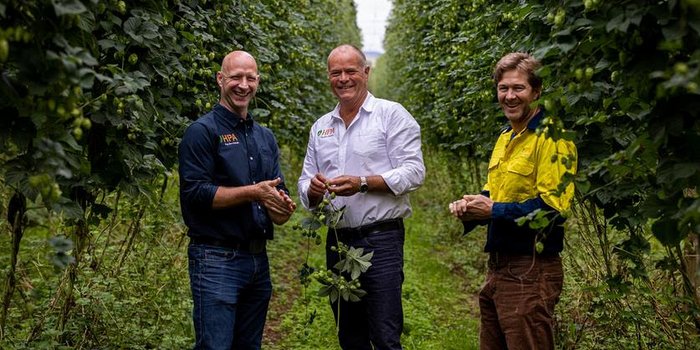
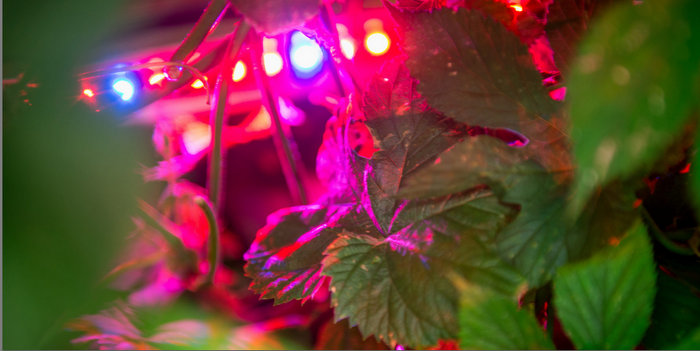
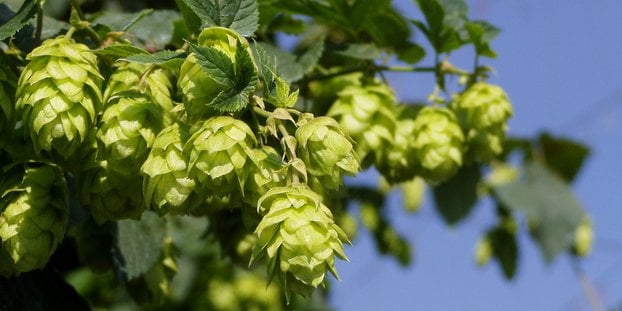
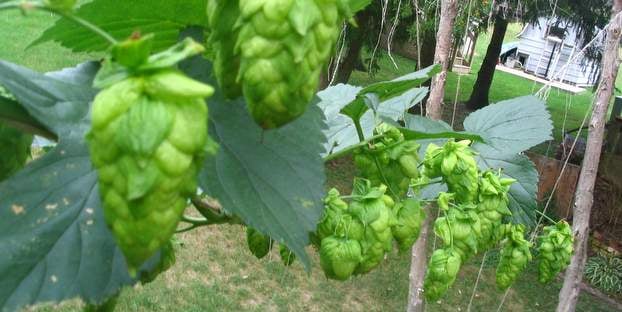
John Paul liked this on Facebook.
RT @CraftBrewingBiz: Hops update: Acreage up big again (18 percent), but will it be enough?https://t.co/8E1BVO43Y2
RT @CraftBrewingBiz: Hops update: Acreage up big again (18 percent), but will it be enough? https://t.co/WffUwH0rFZ https://t.co/HlQWvgzeUl
RT @CraftBrewingBiz: Hops update: Acreage up big again (18 percent), but will it be enough? https://t.co/WffUwH0rFZ https://t.co/HlQWvgzeUl
RT @CraftBrewingBiz: Hops update: Acreage up big again (18 percent), but will it be enough? https://t.co/WffUwH0rFZ https://t.co/HlQWvgzeUl
RT @CraftBrewingBiz: Hops update: Acreage up big again (18 percent), but will it be enough?https://t.co/8E1BVO43Y2
Todd Parker liked this on Facebook.
Paul Speed liked this on Facebook.
Hops update: Acreage up big again (18 percent), but will it be enough? https://t.co/9gCoEgmllt via @craftbrewingbiz
#CraftBeer #CraftBrewing #Beer #BeerBiz Hops update: Acreage up big again (18 percent), but will it be enough? https://t.co/GUEestfCgh
Corey Lord liked this on Facebook.
RT @CraftBrewingBiz: Hops update: Acreage up big again (18 percent), but will it be enough?https://t.co/8E1BVO43Y2
Jared Read liked this on Facebook.
Keith Allen liked this on Facebook.